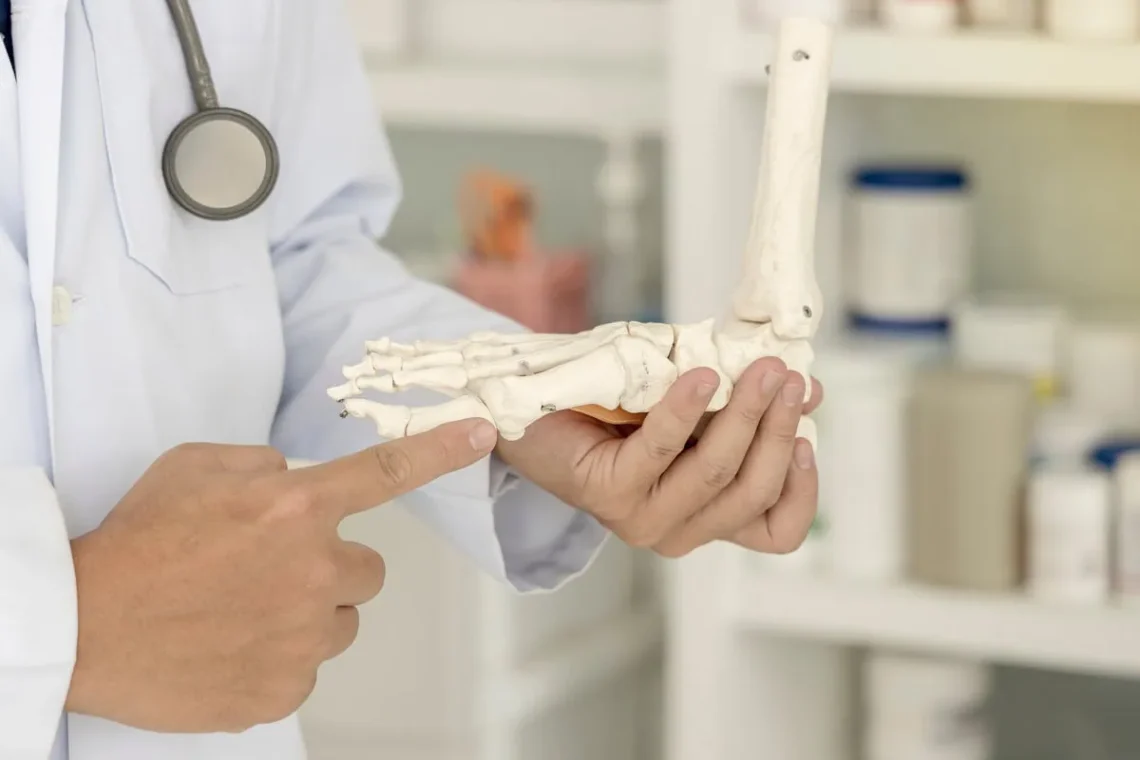
Bunion surgery, or a bunionectomy, can be a life-changing procedure for individuals suffering from painful, misaligned toes. While the surgery itself is relatively common, many patients are unsure about what to expect during recovery. Healing from bunion surgery takes time, and understanding the recovery process week by week can help you prepare both physically and mentally. Here’s what you can expect after bunion correction surgery.
Bunion Surgery Recovery Basics
Before you read the week-by-week recovery that you would expect from bunion surgery, some basic principle bunions need to be understood. With very few exceptions when surgery is performed, the first metatarsal bone needs to be shifted towards the second metatarsal bone to correct the increased angle between the two bones.
This increased angle is what causes the bunion protrusion. This requires that the bone heals in a more correct position. The surgical technique to shift the bone can take place at the level of the metatarsal head which is close to the big toe joint or back at the first metatarsal base which is towards the mid-portion of your foot. Approximately 90% of surgeries we perform are in the area of the metatarsal head and most patients can return to regular shoes between 3 and 4 weeks after surgery. For more severe bunions, they may have to be off weight bearing for 5-6 weeks. This is important to understand because when the bunion starts to hurt, it may be advantageous to get it corrected sooner than later.
The majority of these surgeries take place in an out-patient setting and no general anesthesia is needed. The surgery can be done in a minimally invasive approach and may take approximately an hour and local anesthetic, and IV sedation is given during the surgery. The recurrence rate after the surgery is extremely low, and the patients are able to return to their normal daily activities after weeks post-surgery.
(Watch Bunion Surgery Patient Testimonial Videos)
Week 1: Immediate Post-Surgery Care
The first week is all about rest and protecting your affected foot. You’ll likely experience swelling, pain, and discomfort, which is managed with prescribed pain medication and keeping your foot elevated.
Key Instructions:
- Keep your foot elevated as much as possible (above heart level) to reduce swelling.
- Use ice packs periodically to manage pain and inflammation.
- Avoid putting weight on the affected foot; use crutches or a walker as advised.
- Keep the surgical dressing dry and intact to prevent infection.
- Follow up with your surgeon for post-operative instructions.
- Be aware of deep vein thrombosis risks and watch for unusual swelling or pain.
Week 2: Early Healing and Mobility Adjustments
By the second week after surgery, some pain and swelling may persist, but you should notice gradual improvement. Your stitches may be removed during this period, depending on the types of bunion surgery performed.
Key Instructions:
- Continue keeping your foot elevated when sitting or lying down.
- Start moving your big toe slightly if recommended by your doctor to maintain range of motion.
- Some patients may transition to wearing surgical shoes instead of using crutches.
- Watch for signs of infection, such as excessive redness, warmth, or drainage.
Week 3-4: Reduced Swelling and Increased Activity
At this stage, you may start feeling more mobile, but your foot and ankle are still healing
Key Instructions:
- Swelling may still be present, but it should be decreasing.
- Depending on the procedure, you may begin some weight bearing on the affected foot.
- You might start gentle range-of-motion exercises to prevent stiffness.
- Avoid prolonged walking or standing.
- Keep wearing your surgical shoes as directed.
Week 5-6: Transitioning to Normal Activities
This is when many patients begin to feel significantly better and may even start wearing regular shoes.
Key Instructions:
- You may transition to a more supportive shoe with a wide toe box.
- Swelling is still common, especially by the end of the day.
- You may be cleared for physical therapy to improve strength and mobility.
- Avoid high-impact activities like running or jumping.
Week 7-8: Resuming Light Exercise and Daily Routines
At this point, many patients find they can walk more comfortably, though swelling may persist.
Key Instructions:
- Walking distances can gradually increase.
- Light stretching and strengthening exercises may be introduced.
- Swelling may still occur, especially after long periods of standing.
- You might be able to return to work if it doesn’t require extensive foot use.
Week 9-12: Near Full Recovery
By the end of three months after surgery, most patients can return to normal activities with minimal discomfort.
Key Instructions:
- You should be able to walk normally in comfortable footwear.
- Continue exercises to maintain mobility and strength.
- Some residual swelling may persist but should be much less frequent.
- High-impact activities may be gradually reintroduced with your doctor’s approval.
Month 4-6: Long-Term Healing
Though you may feel fully healed, complete recovery from bunion surgery can take up to a year.
Key Instructions:
- Continue to wear supportive footwear to prevent recurrence.
- Regular stretching and strengthening exercises help maintain flexibility.
- Swelling should be minimal or nonexistent.
- High-impact sports and activities can typically resume.
Final Thoughts
It is important to understand that most patients we see for bunions come to us because they are painful, and by that time, the conservative treatment options are less likely to be recommended. If the bunion deformity is dealt with earlier before there is pain, orthotic devices (custom-made arch supports) can help with the discomfort and have some effect on slowing the progression of the condition. Unfortunately, most people allow their pain to be their guide and don’t come in earlier where orthotic treatments could still be useful. Orthotics are also useful after the surgery especially in younger people to alter the biomechanics of the foot that created the bunion to begin with.
Recovery from bunion surgery varies from person to person, but patience is key. Following your doctor’s instructions, keeping up with physical therapy, and taking care of your feet will ensure the best possible outcome. If you experience unusual pain, swelling, or difficulty moving your foot, consult your surgeon promptly.
With the right approach, you’ll be back on your feet—pain-free—before you know it!

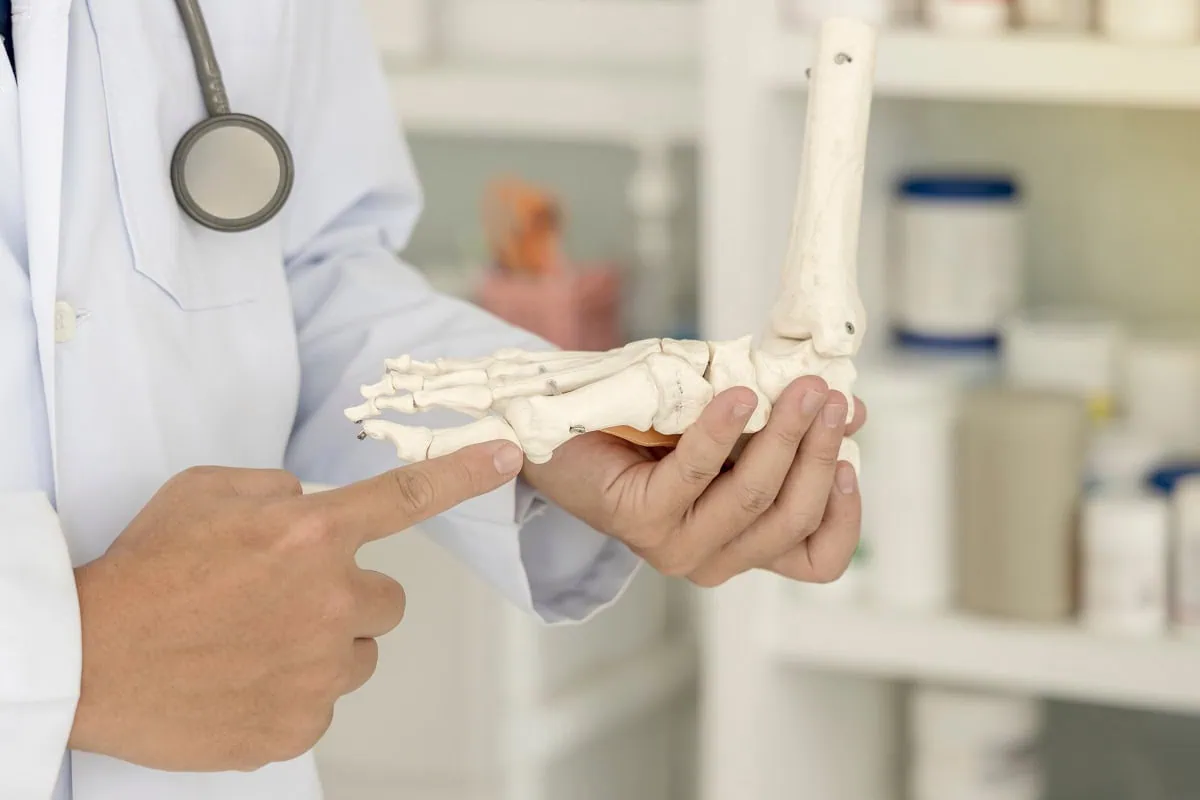
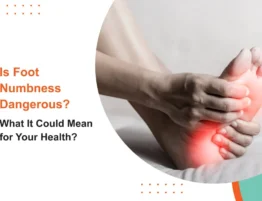
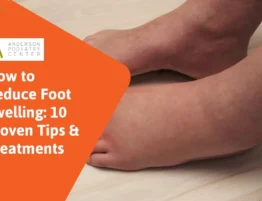
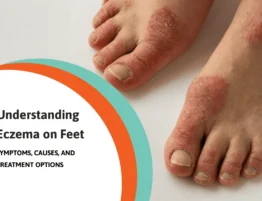


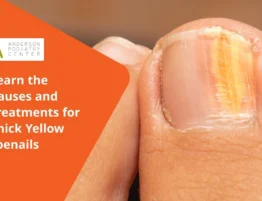
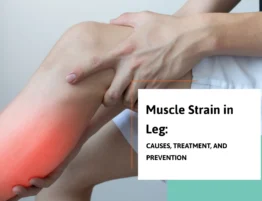
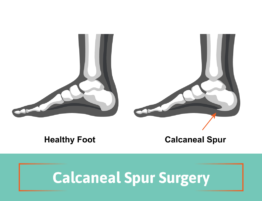
Write a comment: